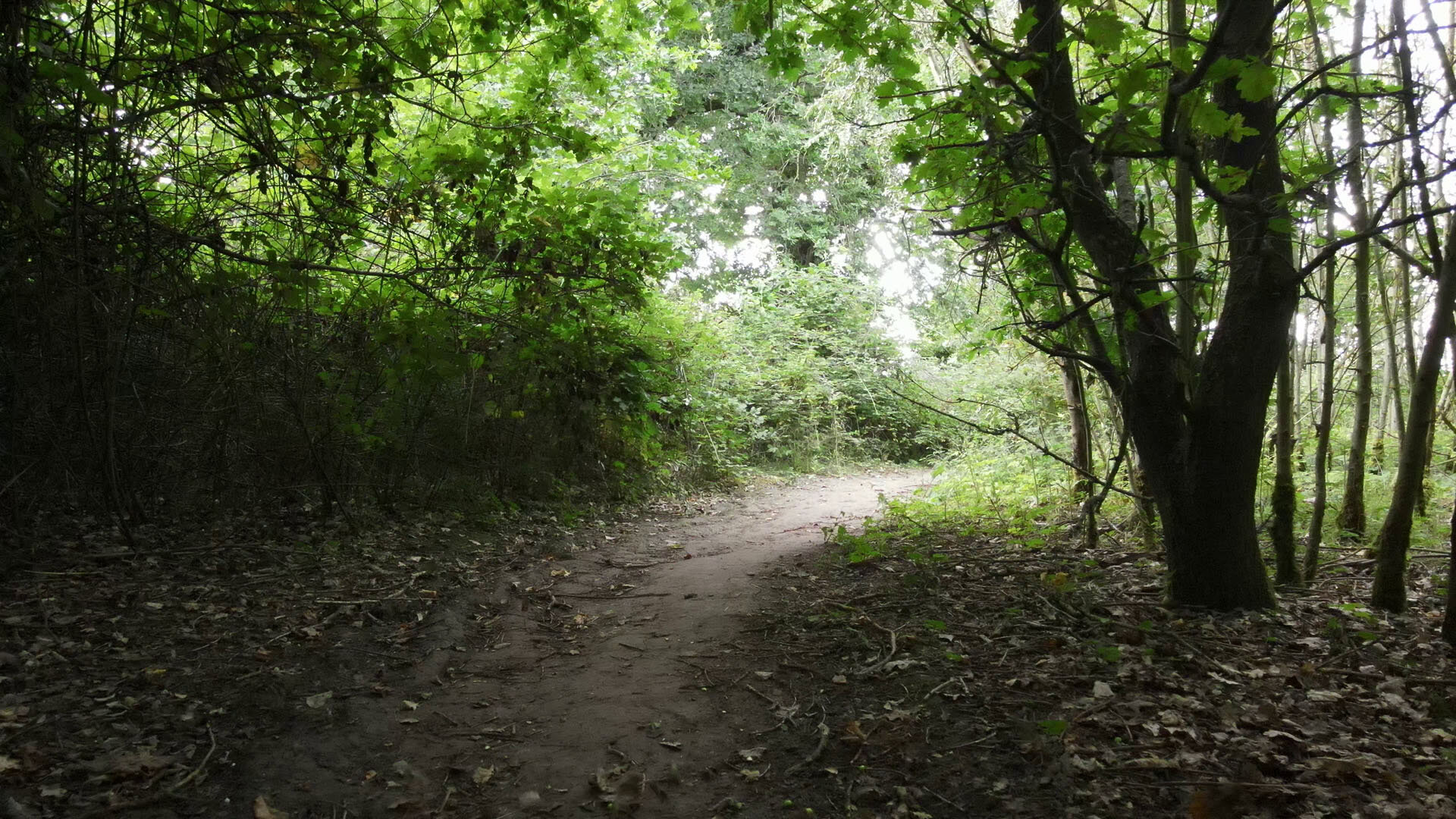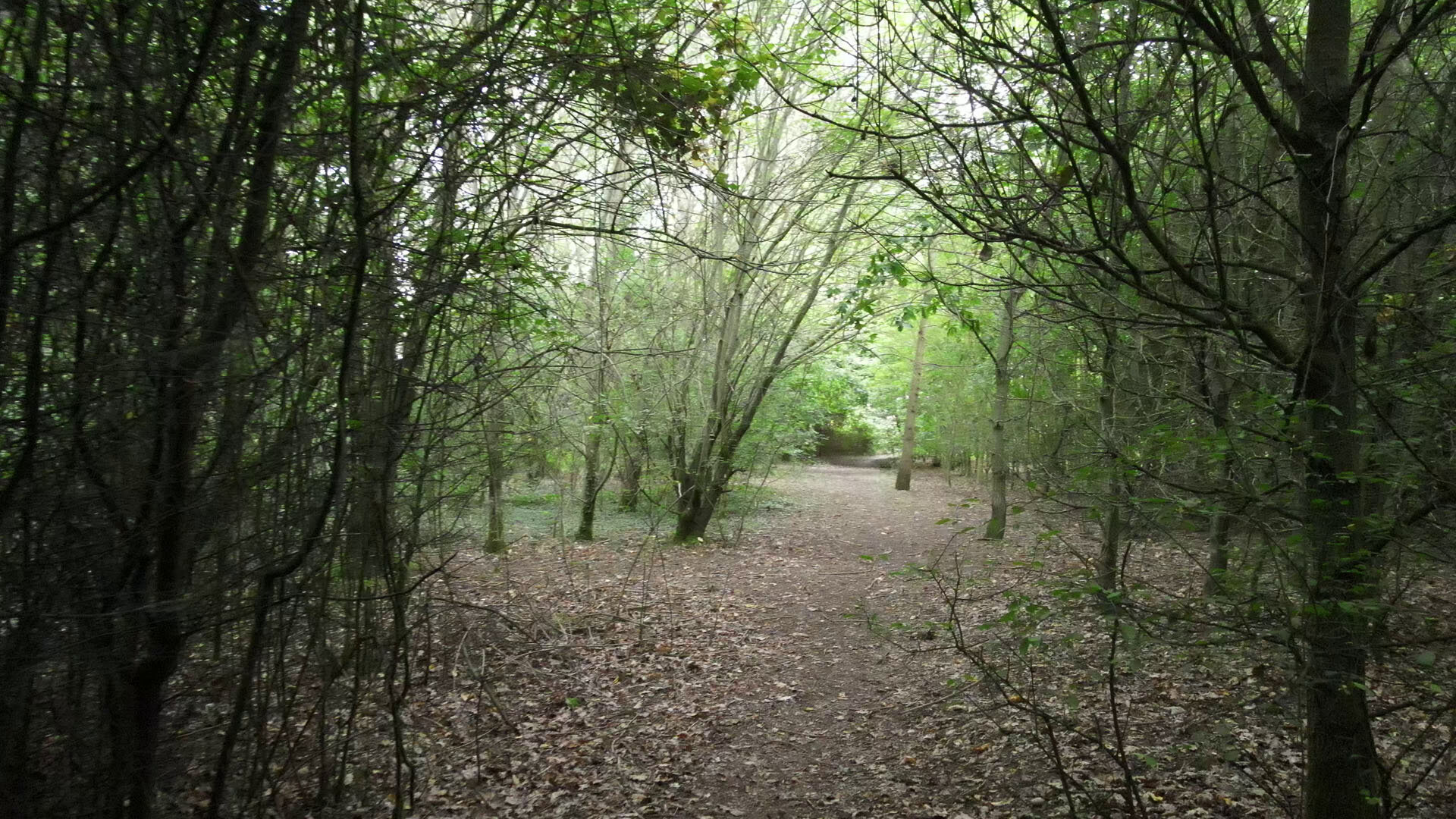
Protecting our local environment and wildlife for future generations
Long Meadow
Take a stroll through this classic English landscape: the wildflower meadow, the big mature field trees and the rippling stream.
Each species of grass has its characteristic seed-head. The meadow is spotted with colour: yellow buttercups, lady’s bedstraw and meadow vetchling, white yarrow, blue germander speedwell, purple black knapweed, dusky-pink red clover and the pink-and-white striped flowers of the field bindweed. Butterflies and bees flit from flower to flower. Sit down for a moment and you may hear the grasshoppers and crickets. Beetles and spiders wander through the grass.
A massive sycamore trunk stands starkly at one end of the meadow. Once a huge specimen disease has led to its demise, now its vast bulk provides a home for many creatures in what is known as a ‘habitat monolith’. There are stately horse chestnuts and lime trees with branches down to the ground. Birds nest in the trees, and in the dense, tall hawthorn hedge. In the hedge are elder and blackthorn and oak, elm and Norway Maple saplings. Wood avens, ground ivy and hedge bindweed grow under the hedge, and it’s a great place to look for blackberries.
Now take the path along The Brook. The water runs clear over the gravel and flints, and you can see tiny fish and water beetles in the stream. Watercress grows there, and on the banks are scented meadowsweet, great willowherb, forget-me-nots and saplings of dogwood and sycamore. Water voles have been spotted here, and kingfishers.
Croft Close Set-Aside
Step across the ditch from Gun’s Lane and you find yourself in a shady tunnel of blackthorn. A few steps further and you are in a tiny glade in a dense thicket of oak, ash and field maple, ranging in size from tiny seedlings to vigorous young trees twice as tall as you. You may spot elm, birch and sycamore and some unexpected species: holm oak and walnut. Lichens grow on the tree trunks and there are mosses and fungi underfoot. Soon you find a series of goat willow and grey willow trees a good two feet across at the base: how did they grow so fast, when the land was ploughed only just over twenty years ago?
In the 1990s this field was ploughed, then “set aside”. There were already mature trees and hedges on the field boundaries, including a splendid huge, hollow oak tree over 500 years old. Jays and squirrels buried acorns in the field, the wind brought grass and field maple seeds, and birds dropped seeds of hawthorn, dogwood and many more. Wood avens seeds hitched a lift on walkers’ trousers, or maybe on the fur of one of the muntjac deer or foxes on their way to the pond for a drink. The pond in the East corner still has water in it most of the year, and smooth newts and dragonflies breed there.
Your path takes you out onto short turf grazed by rabbits, studded with bright yellow smooth hawks-beards and patches of white clover. Here are huge bramble bushes covered in flowers busy with bees, with tree saplings pushing up through them and dog roses trailing from well over head height. Further from the burrows the feathery seed-heads of the long grass sway as you pass, and clumps of rosebay and great willowherb display their pink flowers. Butterflies flit across the grassland, hoverflies hover.
Listen for a rustle in the grass – there must be mice and shrews. for barn owls, kestrels and buzzards hunt here. Bullfinches, chaffinches, goldfinches, greenfinches, great tits, sparrows, dunnocks and collared doves feed on the seeds of the diverse flowering plants. A sparrowhawk is attracted by the small birds. Blackbirds, wrens and song thrushes feed on the insects and other invertebrates. Linnets and yellowhammers sing from the tops of bushes.
Plunge into the woodland to the South and the branches meet overhead, shading the ground. Come here at sunset before Midsummer: the birdsong is astonishing. Where some of the ash trees have died, there is standing dead wood for beetles, and three kinds of woodpecker are seen here. There are abundant sloes and blackberries, occasional plums, damsons and apples, and recently wild strawberries have appeared. If you are very lucky you may hear the soft “turr, turr” of the turtle doves which nest over by the houses on the Eastern edge of the site.
What might detailed wildlife surveys reveal? What else may appear in the next few years as this once bare field continues its rapid transformation into grassland, scrub and woodland? This combination is already very valuable for wildlife, especially with the pond right there from the beginning. It is an exciting time.
Rare Species at Abbey Farm
Birds
Of 67 birds which are red-listed in the UK, nine have recently been observed here. They include the starling, song thrush, mistle thrush, house sparrow, linnet and yellowhammer and turtle dove.
The turtle dove has suffered a 94% population decline since 1995 in the UK. Turtle doves migrate to Africa in the winter, and many are hunted as they cross Southern Europe. Here they are looking for trees or shrubs to nest in, close to rich seed sources for feeding.
Amber-listed species include the stock dove, tawny owl, kestrel, house martin, dunnock and bullfinch.
The following priority species in the Cambridge and Peterborough Biodiversity Action Plan have been recorded here:
song thrush
bullfinch
linnet
yellowhammer
reed bunting
house sparrow
turtle dove
lesser spotted woodpecker.
Other Wildlife
Grass snakes and water voles, seen here, are UK and Cambridge and Peterborough Biodiversity Action Plan priority species.
Further surveys, for example of fungi or invertebrates, might reveal other rarities.








